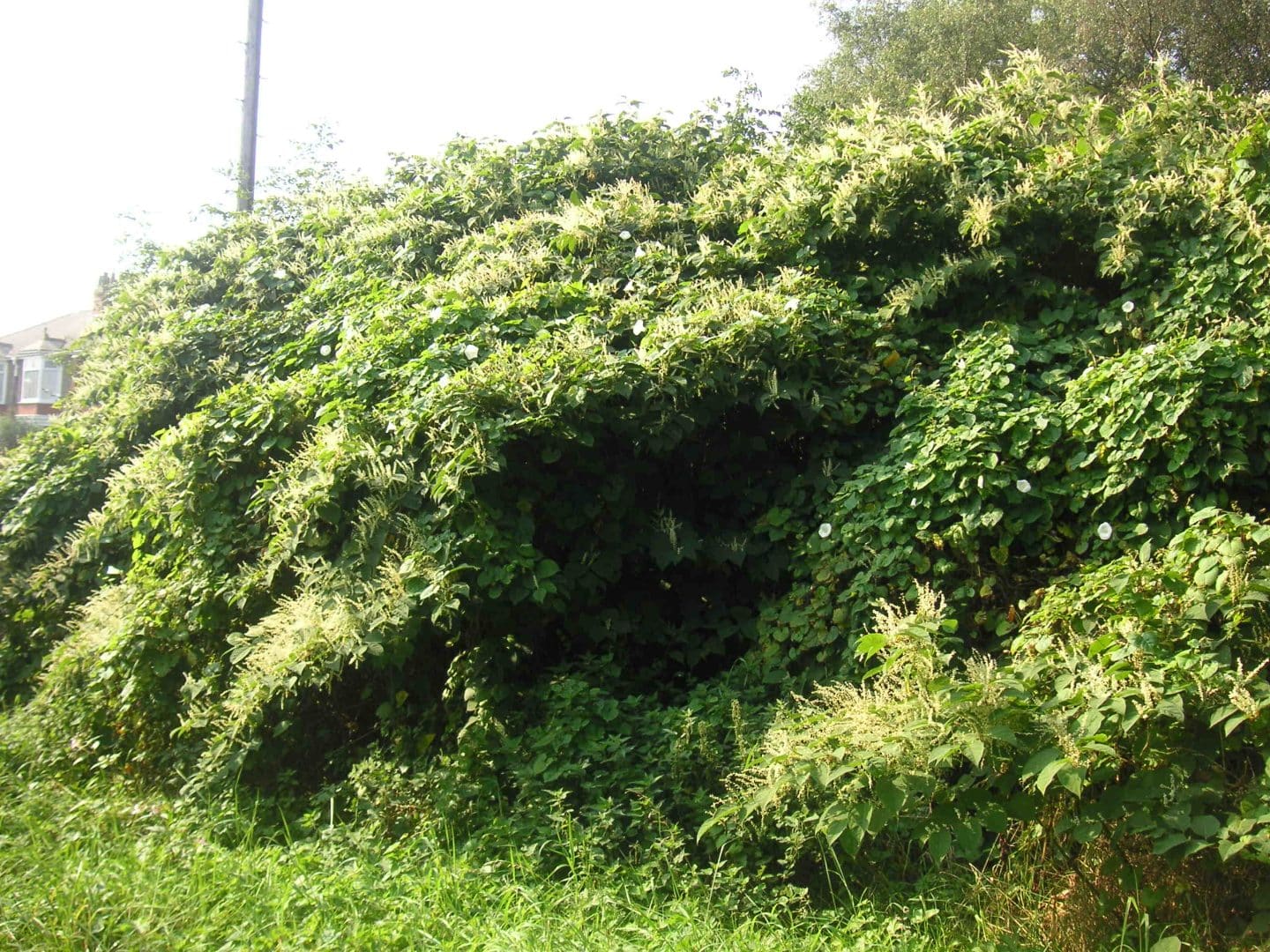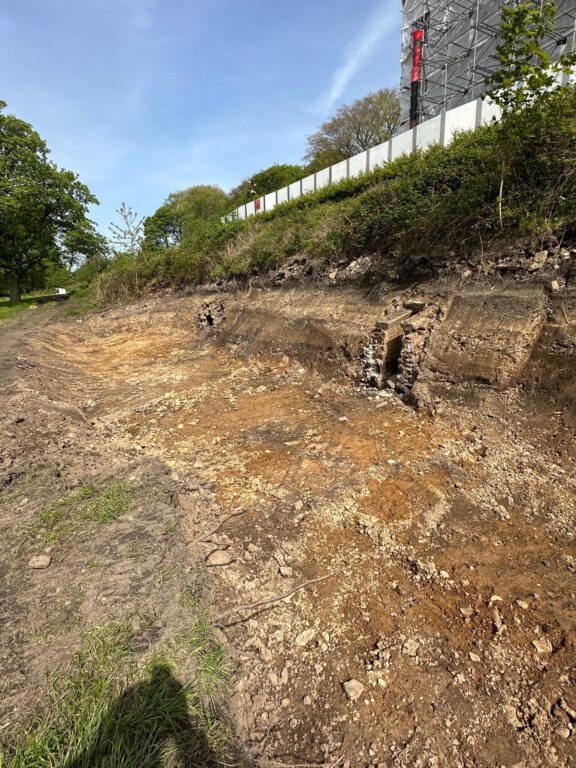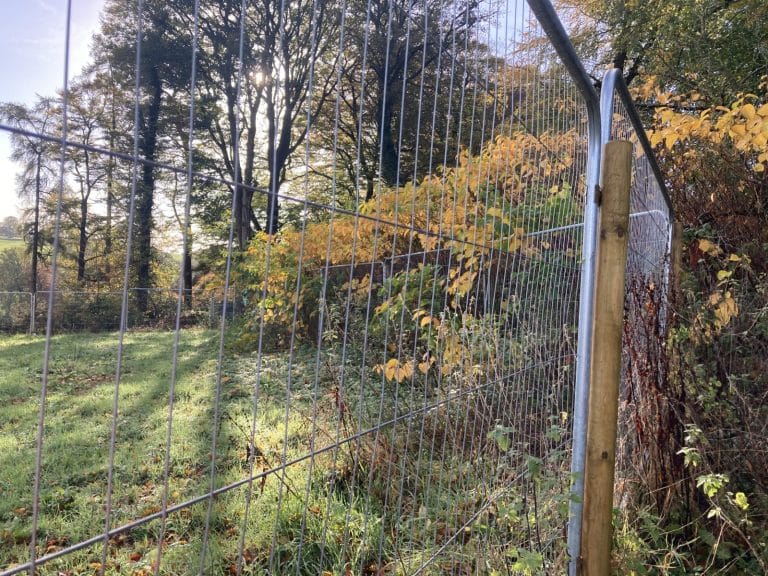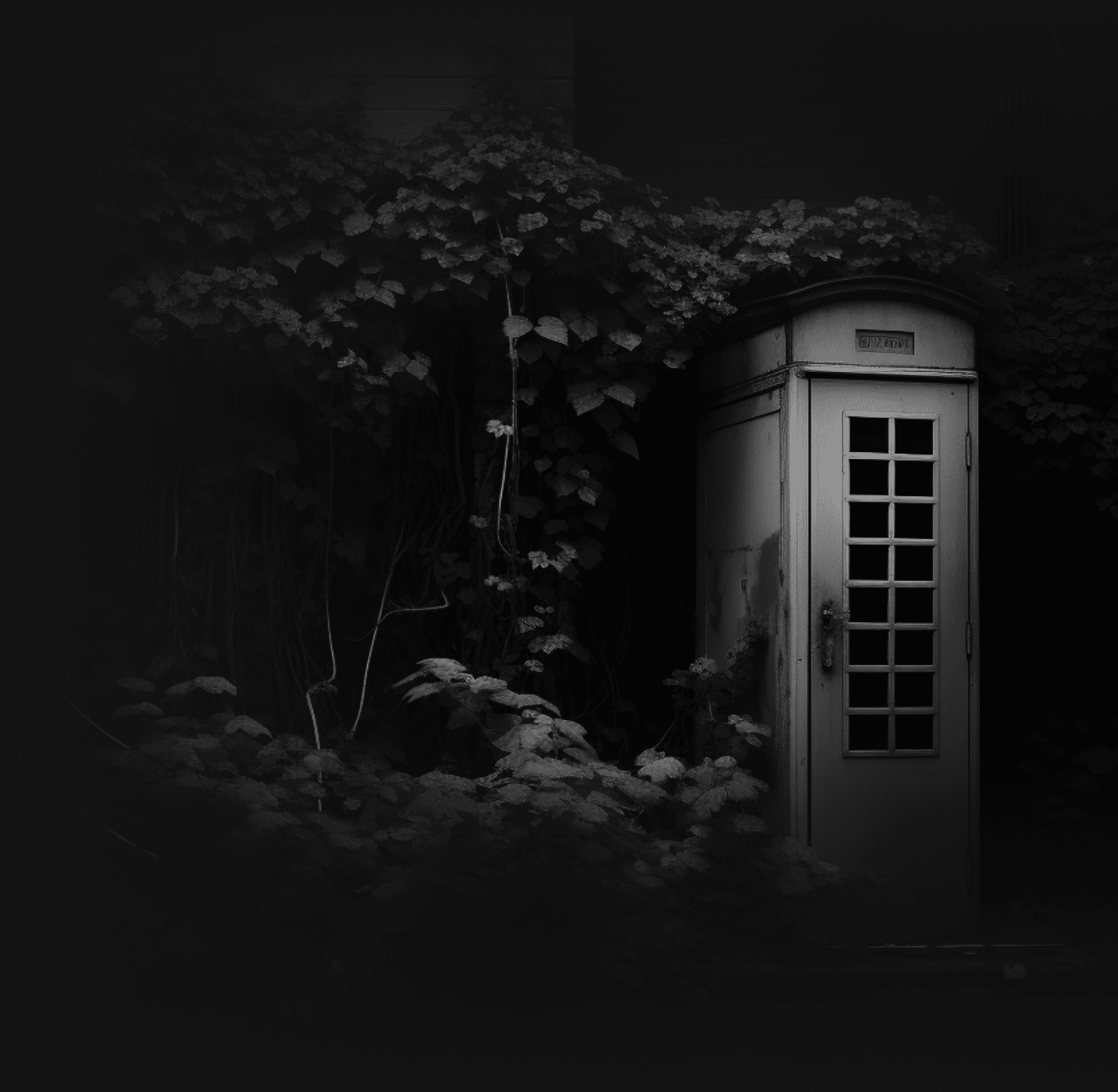
JKSL tailor treatment programmes to suit individual sites and build schedules. Due to the constraints of time where herbicide treatment is not an option, a common method is to excavate and relocate the contaminated material to an on-site waste management area or burial in a heat welded geo-textile cell.
Our team have a vast amount of experience in the excavation of Japanese knotweed rhizome and work strictly to methods onsite, to avoid cross-contamination during these processes. Our latest developments use technologies adopted by Landfill sites for the safe encapsulation of contaminated material.
Combining more than 15 years of experience with cutting edge capabilities:
Should there not be sufficient room on site to accommodate a borrow pit or waste management area, JKSL would recommend that every trace of Japanese knotweed is excavated and removed to a licensed landfill. This should be a last resort to be undertaken when all other options have been examined and are deemed not to be feasible. This method is the most damaging to the environment and is also the most expensive by a long way.
Soil sifting can help to reduce the quantity of material to be buried or taken off site (and associated costs) but this is a time consuming and labour intensive process and requires a very high level of skill and experience.
Given that Japanese knotweed can grow from a piece as small as a fingernail, it is imperative that excavation methods are undertaken by experienced contractors who know how to identify even the smallest piece of Japanese knotweed to prevent cross contamination from occurring.



